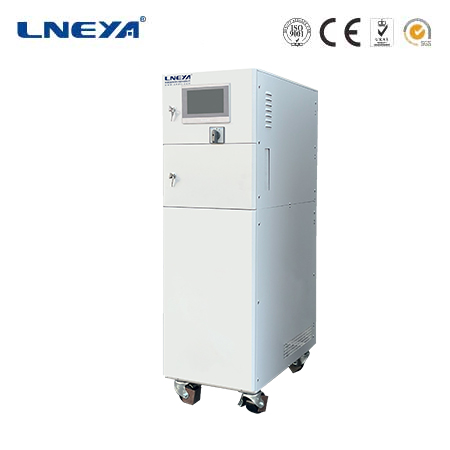small heating and cooling units
Small Heating and Cooling Units: Versatility and Efficiency
Introduction to Small Heating and Cooling Units
Small heating and cooling units are designed to provide precise temperature control in specific areas or smaller spaces. These units are particularly useful in residential, commercial, and industrial settings where centralized HVAC systems may not be practical or energy-efficient. The growing demand for energy-efficient and environmentally friendly solutions has led to the development of various types of small heating and cooling units, each with unique features and capabilities.

Types of Small Heating and Cooling Units
The market offers a variety of small heating and cooling units, including:
Mini-Split Air Conditioners: These are ductless systems that can heat and cool individual rooms or small spaces. They are known for their energy efficiency, quiet operation, and ease of installation.
Portable Air Conditioners: These are mobile units that can be moved from room to room, providing cooling where it is needed most. They are suitable for temporary or supplemental cooling.
Space Heaters: These are compact devices designed to provide localized heating. They come in various forms, including electric, gas, and infrared heaters.
Efficiency of Small Heating and Cooling Units

Energy efficiency is a critical factor in the selection of small heating and cooling units. High efficiency not only reduces energy consumption but also lowers operational costs. For instance, mini-split air conditioners with high Seasonal Energy Efficiency Ratio (SEER) ratings can significantly reduce electricity costs for cooling. Similarly, Heating Seasonal Performance Factor (HSPF) ratings indicate the energy efficiency of heating units.
Applications of Small Heating and Cooling Units
Small heating and cooling units are used in various applications:
Residential Use: They are ideal for homes, especially in rooms that are difficult to heat or cool due to their layout or insulation.
Commercial Spaces: In offices, retail stores, and restaurants, these units can provide zoned comfort control, enhancing occupant satisfaction and energy efficiency.
Industrial Processes: Small units can maintain precise temperature control in specific areas of a factory or warehouse, ensuring optimal conditions for sensitive processes.
Renewable Energy Integration in Small Heating and Cooling Units

The integration of renewable energy sources with small heating and cooling units is a growing trend. Solar-assisted heating and cooling systems, for example, can utilize solar energy to reduce the reliance on conventional energy sources. This integration not only promotes sustainability but also contributes to energy cost savings.
Smart Control Systems for Small Heating and Cooling Units
Advancements in artificial intelligence and machine learning are enabling smarter control systems for small heating and cooling units. These systems can optimize energy use by adjusting operations based on real-time data, occupant preferences, and environmental conditions. Smart controls can significantly enhance energy efficiency and ensure occupant comfort.
Conclusion
Small heating and cooling units offer a flexible and efficient solution for temperature control in various settings. Their energy efficiency, ease of installation, and ability to integrate with renewable energy sources make them an attractive option for sustainable living and working environments. As technology continues to advance, the capabilities of these systems will only improve, further enhancing their role in energy conservation and occupant comfort.
Related recommendations
laboratory thermostatic bath
208Introduction to Laboratory Thermostatic BathsLaboratory thermostatic baths, also known as water baths, are essential tools used across various scientific and industrial applications to provide con...
View detailsmechanical chillers
25Mechanical Chillers: A Comprehensive GuideMechanical chillers are widely used devices that play a crucial role in providing cooling solutions across numerous sectors. They are designed to remove ...
View detailsWhat is the maintenance and inspection of a 200 ton chiller?
800What is the maintenance and inspection of a 200 ton chiller? 1. Check the stability of voltage and current 2. Regularly inspect the compressor The necessary acceptance tes...
View detailsWhat is the impact of the outlet temperature of the chilled water for a 100 ton chiller?
695What is the impact of the outlet temperature of the chilled water for a 100 ton chiller? We often talk about the cooling capacity of a 100 ton chiller. In fact, the nominal cooling capa...
View details
 LNEYA Thermal Test Chillers
LNEYA Thermal Test Chillers






HelloPlease log in